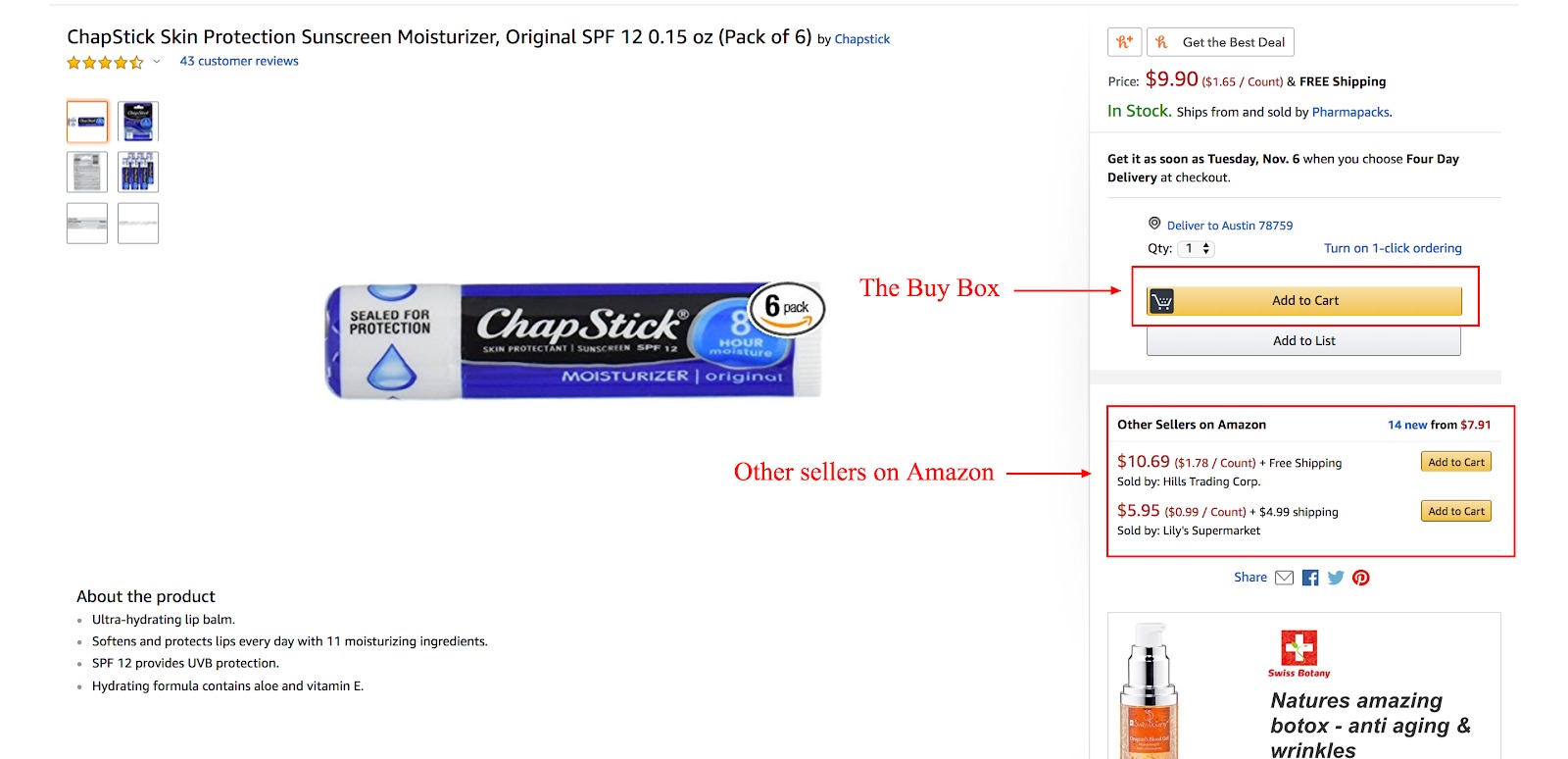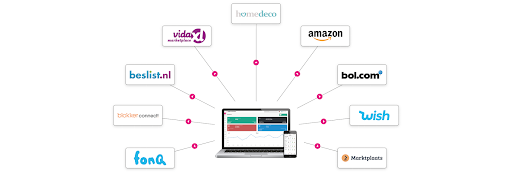
Selling on online marketplaces like Amazon, eBay, and Folksy is a massive opportunity for independent retailers. Consider that 48% of all online product searches begin on marketplaces like Amazon. While selling exclusively through online marketplaces is risky business, making them a part of your online sales strategy is a must. They have a massive reach, are trusted and often the first place consumers look for products with an intent to purchase.
So let’s dive into how you can get the most out of online marketplaces. When done right, it can dramatically boost your customer acquisition and revenue.
Have a solid foundation
Remember, the sales you make through an online marketplace get processed through your existing online store. Consequently, before you start selling through an online marketplace, you need to have a transactional eCommerce store.
Get online and transactional, fast
Take your retail store online with Lightspeed eCom
Optimize your existing eCommerce store by doing the following:
- Make sure your online store is well stocked
- Have compelling product descriptions and EAN codes
- Assure that you can generate track and trace codes
- Optimize your product selection and order fulfillment process

Make sure your products stand out
There are a lot of merchants selling similar products as you on online marketplaces. Make sure yours stand out by doing the following:
- Offer unique products (private label) to stand out and keep a good margin
- Try to get your products featured in the Buy Box, which allows shoppers to easily add your item to their shopping cart
- Ensure your products are easy to find with unique and SEO-optimized titles and descriptions

Note
Not all sellers qualify for the Buy Box feature. Increase the probability of being featured in this prime real-estate by getting a high volume of positive ratings for reliability, delivery speed, price, and customer service.
Take commission fees into account
Merchants are charged a commission or mediation fee for each product they sell through an online marketplace. While the fees are often outweighed by the benefits, you need to be aware of how much they cost you. Look at the fees associated with selling each of your products and assure that the cost of selling them on the online marketplace doesn’t outweigh the potential revenue they generate.

Automate your sales
You can track the sales you generate through an online marketplace directly from your customer portal. This is also where you upload all products and make adjustments. But, as your sales increase, you’ll notice it becomes increasingly time-consuming to track and manage manually.
Automating your online marketplace sales saves you a lot of time, effort, and costs. Work with a partner who can help you automate your online marketplace sales and make improvements to your processes over time. A partner can help you automate the following processes:
- Submitting product data
- Importing orders and return shipments (track and trace)
- Synchronizing stock levels and prices
- Updating inventory information following order-fulfillment
- Automating price adjustments based on set rules
- Sending XML feeds

Periodically reevaluate your channels
You want to strive to continuously optimize your sales. To do that, you need to re-evaluate the sales on the channels you’ve chosen.
Look at your turnover per channel and identify where you can improve. We suggest evaluating your performance per channel at least once every quarter.
An important reminder…
While online marketplaces are an excellent way of boosting your revenue with another sales channel, building a strong brand that people actively search for online is the best way to future-proof your sales. Have a balanced sales strategy and never lose sight of the experience you want your brand to be known for.
Start selling online today
Get Lightspeed eCom and get online and transactional, fast

News you care about. Tips you can use.
Everything your business needs to grow, delivered straight to your inbox.


